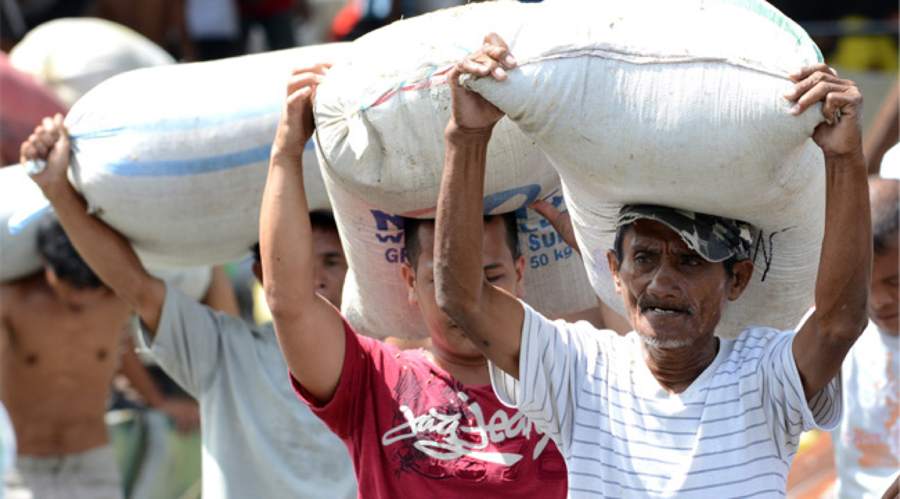
Photo by LA Times
A veteran lawmaker has urged the government to invest smartly on agriculture, cautioning the Department of Agriculture not to be preoccupied with ‘rice self-sufficiency’ which he said still remains an elusive dream for the country.
Valenzuela City Congressman Win Gatchalian made the statement as the Philippines is still unable to reach total rice sufficiency by 2016 based on computation results using the Net ‘Rice Self Sufficiency’ Ratio formula.
“It is crucial for the government to choose areas in agriculture which need more attention in order for the country to produce enough rice and buffer for the increasing population,” said Gatchalian, a majority member of the House committee on trade and industry.
The Department of Agriculture has pushed back the goal to 2016 after the Philippines failed to reach it last year, when the country had to import a million tons of rice, becoming the world’s eighth largest rice importer, showed in news reports.
Gatchalian said that based on research using forecasts by the Institute of Development and Econometric Analysis (IDEA) to estimate potential production, yield, consumption, and harvest area, the country would only be 95% sufficient in terms of rice supply by 2016.
“This means we still have to import from rice-producing like Vietnam and Thailand to fill the deficit in 2016,” said Gatchalian.
Actual production and yield last year fell short of target figures, posting 18.44 million metric tons (MT) and 3.89 MT, respectively, instead of 20.04 MT and 4.23 MT.
The Department of Agriculture only reached its goal on harvest area for palay production, posting 4.75 from the 4.74-target last year.
Gatchalian recalled that increasing spending in agriculture does not necessarily produce the same amount of productivity.
Government expenditure in the sector rose by 15 percent yearly from 2004 to 2013, but palay and total crop production in the same period rose by 2.43 and 1.57 percent annually, respectively.
“The government should take note of the areas where it is failing to come up with an effective solution, not just a band-aid remedy,” said Gatchalian.
“Factors to be considered in deciding where more funds are needed should include climate change and disasters. The government should be able to foresee possible stumbling blocks,” he added. (Monica Cantilero)


